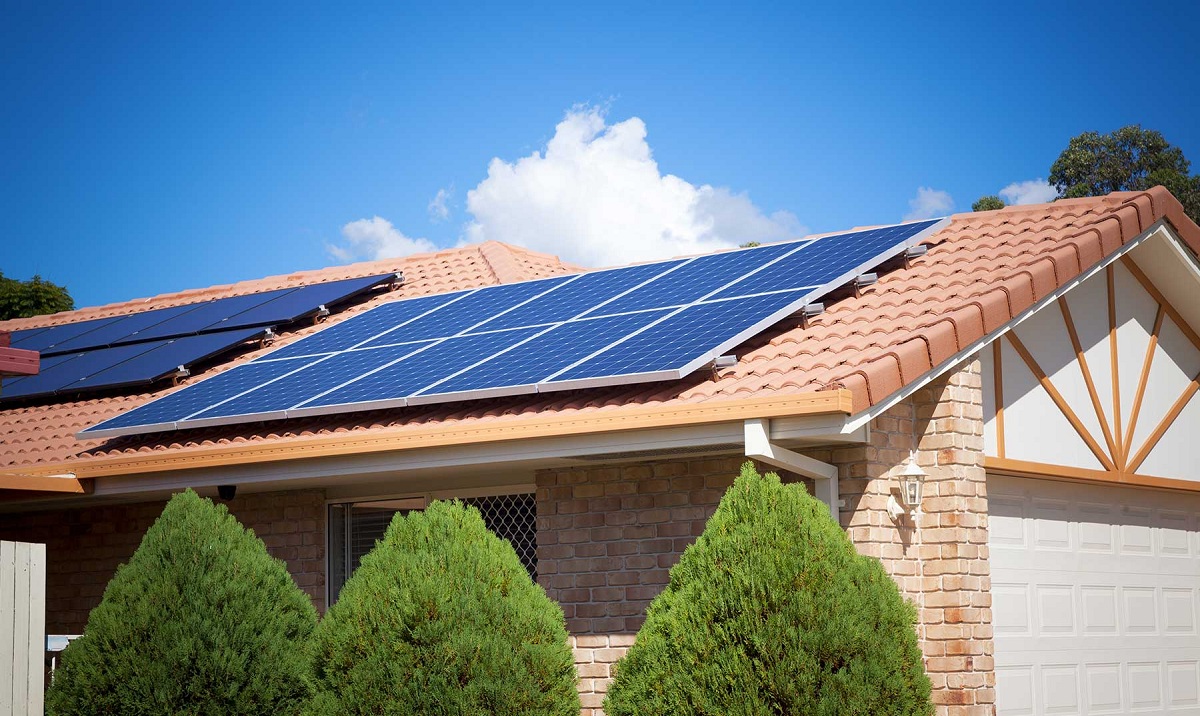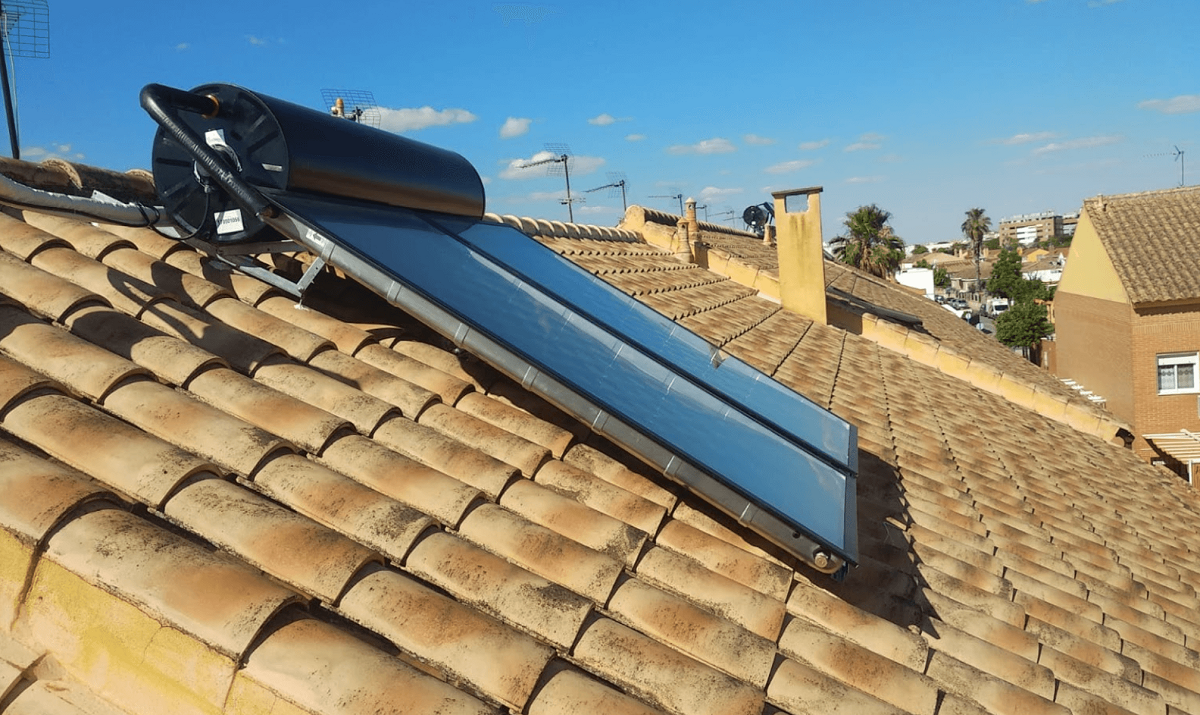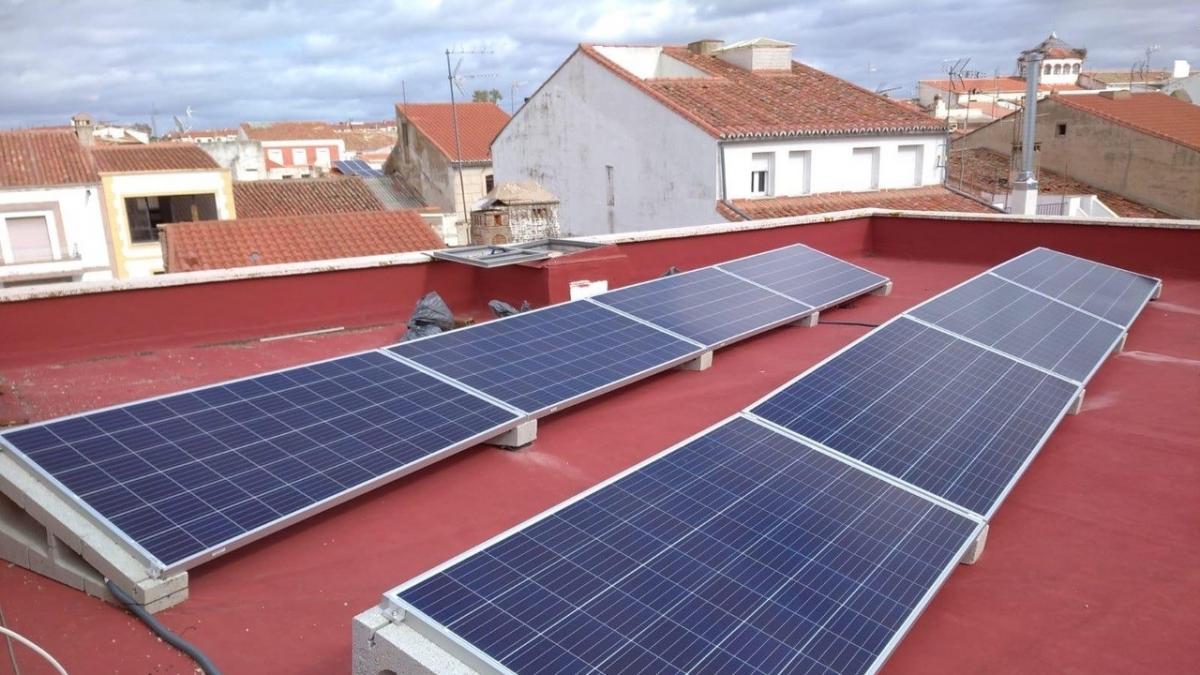
We know that within renewable energies, solar energy is the one that is giving the most. In the case of small self-consumption facilities, Spain is increasing little by little. More and more homes have opted for photovoltaic panel installations since they represent a good saving in the electricity bill and we can acquire environmental responsibility that times are demanding. However, many people do not know how solar panels work.
Therefore, we are going to dedicate this article to tell you how solar panels work and everything related to them.
How photovoltaic solar panels work

As its name suggests, solar energy takes advantage of energy from the sun to generate electrical energy. Among the advantages we have of solar energy we find that they do not pollute the environment, it is unlimited, although there are also certain disadvantages such as its continuity. Photovoltaic generation is precisely the property that certain materials have to be able to generate electrical current when subjected to solar radiation. This occurs when the energy in sunlight releases electrons creating a flow of electrical energy. We must know that solar radiation is the flow of photons.
To know how solar panels work, we must know what is composed of a module of a series of photovoltaic cells. They are nothing more than layers of silicon that are packed with phosphorus and boron. Thanks to the solar radiation that generates an electrical charge, it is like serializing them in a module so that the voltage can be adjusted to a usable DC system. Through the current inverter is where the continuous energy generated in the solar panel is converted into alternating energy that will be used for the home.
The energy by connecting to an inverter is where alternating energy is formed. Remember that you alternate energy that is consumed during the day to day. The voltage provided by solar cells is always fairly regular and linear. However, the amount of electrical current supplied will depend on the intensity of the solar radiation with which it falls on the solar panel. Therefore, the performance of a solar panel depends largely on how powerful the light it receives. Different base states according to the time of day, the time of year and the current weather.
Power of a solar panel

In order to understand how solar panels work, we must know well how the power of a solar module is calculated. And it is that when measuring power, the performance of the panels must also be calculated. The measure used in solar modules are performed in peak watts (Wp). It is a measure that is used as a reference and it is used to measure the performance of the panels to be able to establish, later, comparisons between them.
It must be understood that the amount of solar radiation that falls on the solar panel varies according to the time of day and the time of year. The generated current must be calculated by means of considerable oscillations and this makes it difficult to calculate. We are not always going to generate the same amount of energy, so we can make more or less exact estimates. To solve this problem, peak watts are used. They represent the performance provided by the panels given a solar radiation and a standard temperature. This makes it important when sizing a photovoltaic installation to analyze how many peak watts They must be installed in order to obtain the maximum possible self-consumption capacity. When installing a solar panel, all factors must be taken into account, such as geographical area, orientation of the roof and its angle. In this way, all these data must be entered to analyze consumption and expectations and estimate the size of the installation that best suits the needs of each one.
How solar panels work: taxonomy

Although solar panels have changed a lot since their first manufacture, today they are manufactured with highly advanced materials that make them more efficient. Thanks to this, we can multiply your performance enough so that solar energy is positioned as an alternative energy, renewable and totally profitable in the short and long termor. The process that occurs inside solar cells is still an effect described by Einstein in 1905.
There are different ways to compare silicon-based panels and they can be mainly divided into several categories: amorphous, polycrystalline and monocrystalline. We are going to analyze what are the characteristics of each of the types of solar panels:
- Amorphous panels: they are less and less used because they do not have a defined structure and they lose a lot of efficiency during the first months of operation.
- Polycrystalline panels: They are composed of crystals of different orientations and are distinguished by having a bluish hue. The manufacturing process has the advantage of being cheaper but with the disadvantage of being a less efficient product.
- Monocrystalline Panels: they are considered to be the highest quality products. Here the cells form the panel and are composed of a single, high-purity silicon crystal that is solidified at a homogeneous temperature. Thanks to this construction, they have a higher performance and efficiency and allow electrons to move more freely. Although the manufacturing process is more expensive, it gives the modules greater efficiency.
Advantages of monocrystalline plates
They are the most recommended since the former are almost obsolete. The only advantage that polycrystallines present is the somewhat lower price. Monocrystallines have an advantage in having higher efficiency and better function in environments with less exposure to sunlight. This means that the effectiveness is not lost even if the environmental conditions are not so favorable.
He hopes that with this information they can learn more about how solar panels work and everything that it carries out.